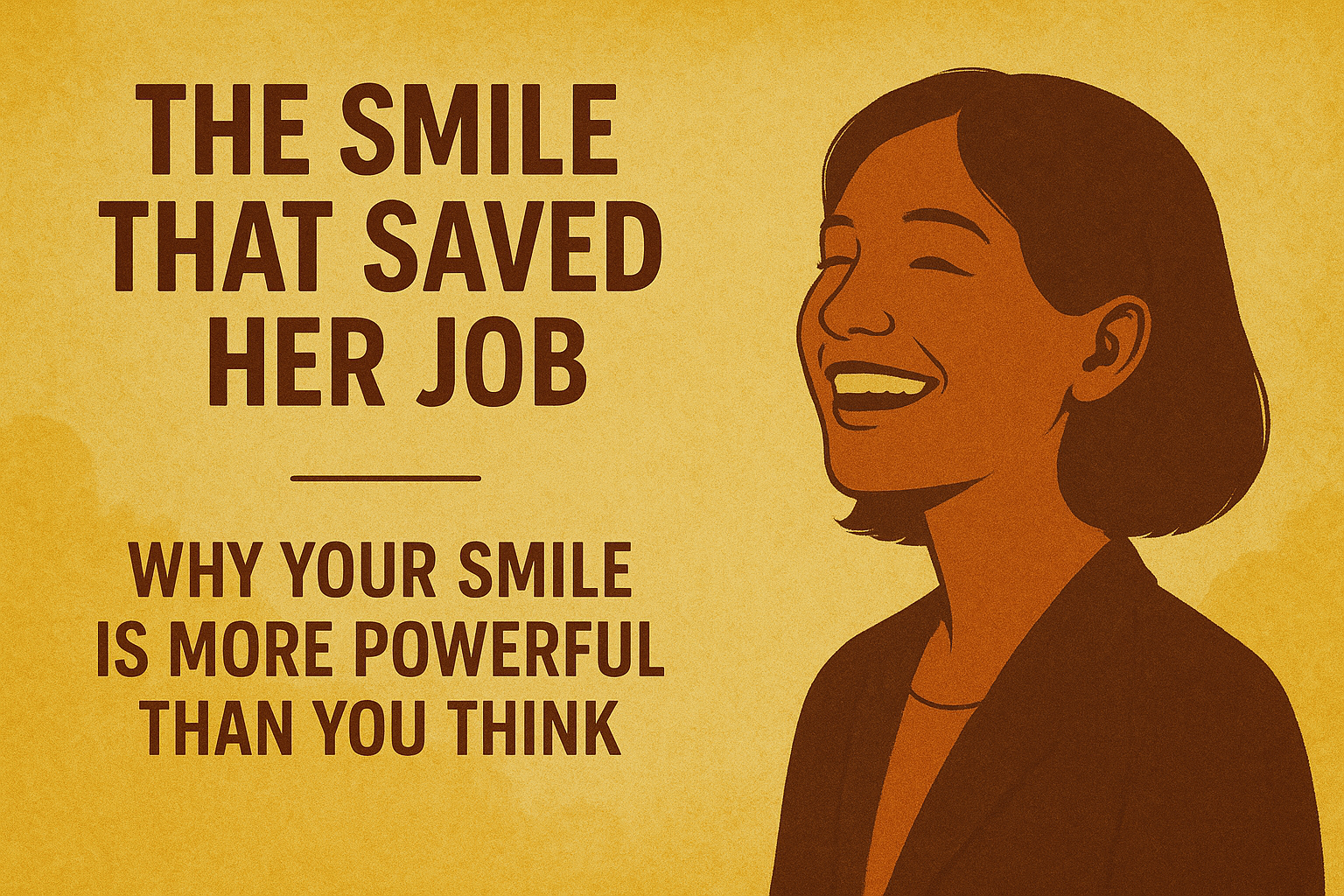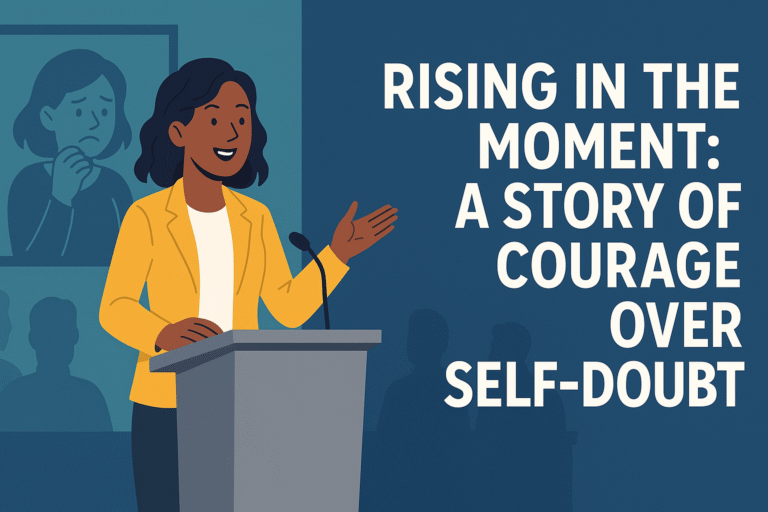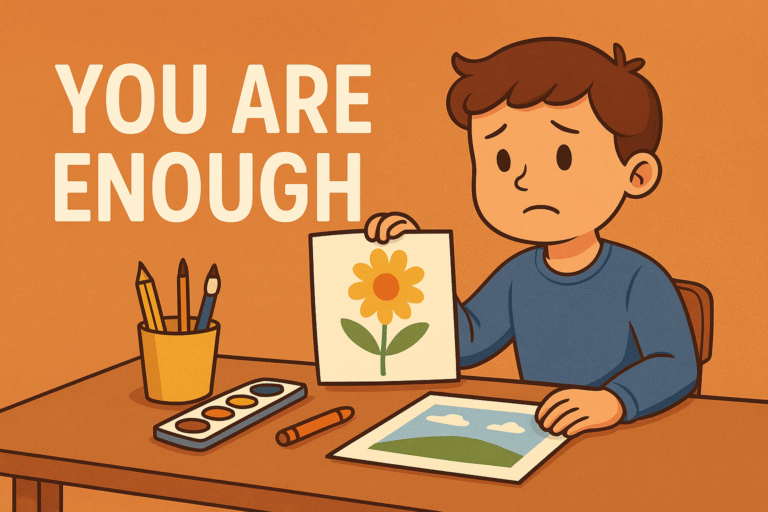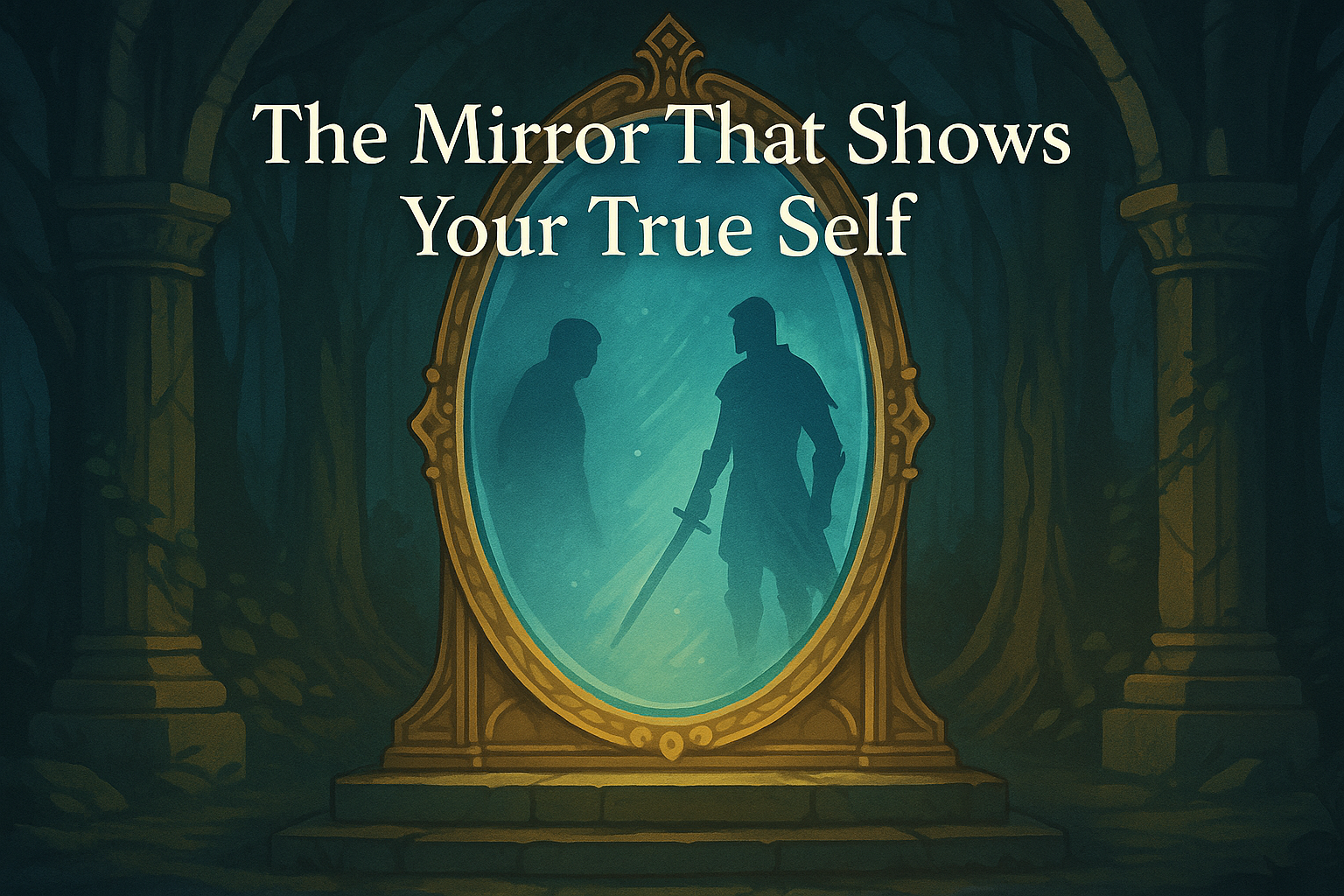The Smile That Saved Her Job — Why Your Smile is More Powerful Than You Think
Hello, my friend! Thank you for choosing the Read and Reflect.
best feel-good books to uplift your mood: The Boy, the Mole, the Fox and the Hors
Introduction
We all know a smile feels good—but what if it could change moods, open doors, and even advance your career? In a busy Mumbai hospital, Naina’s simple, genuine smile did just that. This isn’t just a feel‑good tale; it’s a masterclass in human connection. In this post, you’ll read her story, uncover the science behind smiling, and get 5 easy exercises to use your own smile as a superpower every day.
Here’s what you’ll learn:
- Naina’s story: How one warm smile stopped tears and won a promotion
- Smile science: Why your grin affects brains and bonds
- 5 smile exercises: From mirror practice to the “smile challenge”
- Mini worksheet & FAQs: Tools to build a lasting smile habit
Ready to make your smile a game‑changer? Let’s go.
Naina’s Story: The Smile That Saved Her Job
After a grueling 16‑hour shift filled with charts and complaints, Naina, a young nurse, was exhausted. As she passed the waiting room, a terrified little boy clutched his mother’s saree, wailing. Without thinking, Naina offered a warm, genuine smile—not the quick patient‑professional grin, but one that said, “I see you, and you’re safe here.”
The boy froze, blinked, and stopped crying. He waved. His mother mouthed “Thank you.”
Two weeks later, the hospital director, who had watched from afar, promoted Naina to lead the new pediatric care unit. Her technical skill was solid—but it was that one human moment that set her apart.
Why a Smile Works: The Science Behind It
- Mirror neurons spark connection. Seeing a smile activates the same regions in your brain that create that smile—contagiously spreading warmth.
- Stress melts away. Smiling lowers cortisol (the stress hormone) and boosts dopamine and serotonin—your brain’s natural feel‑good chemicals.
- Trust builds instantly. In under 100 milliseconds, people judge faces—and warm smiles outrank serious expressions every time.
Source: Journal of Neuroscience, 2022; Princeton Face Database, 2021.
5 Smile Exercises to Practice Today
1. Mirror Warm‑Up (1 minute)
Stand before a mirror each morning. Smile slowly, hold for 5 seconds, relax, repeat 5 times. Notice how your cheeks lift and how the expression feels.
2. Gratitude Grin (30 seconds)
Think of one thing you’re grateful for, then smile as you say it out loud. This links positive thoughts to facial muscles, reinforcing both.
3. Smile & Breathe (2 minutes)
Combine box‑breathing with smiling: inhale for 4 counts while smiling, hold smile and breath 4, exhale with smile on 4, rest 4. Repeat twice to calm nerves.
4. The Smile Challenge (Daily)
Aim to give 5 genuine smiles to strangers: a barista, a neighbor, a passerby. Notice their reactions and jot down one word about how it made you feel.
5. Photo Feedback Loop (Weekly)
Take a selfie while smiling naturally. Rate it 1–5 on warmth. Review weekly to track progress and adjust your practice.
Mini Worksheet
My Smile Goal:
Today’s Mirror Warm‑Up: (Y/N)
Gratitude Grin Focus:
Smile Challenge Log (5 people):
Mood Before/After (one word each):
Use this tracker for one week to make smiling second nature.
FAQs
Q: What if I feel fake when I smile?
A: Start small—think of something real you appreciate. Authenticity grows with practice.
Q: Can smiling help in tense situations?
A: Yes. A brief, gentle smile can defuse anger and signal goodwill before a difficult talk.
Q: What if I have facial pain or mobility issues?
A: A soft eye smile (“smizing”) still conveys warmth. Focus on the eyes and tone of voice.
Q: How often should I practice?
A: Daily micro‑sessions (2–3 minutes) add up. Choose any exercise you enjoy and stick to it.
Explore More Lessons
- Law 4: Always Say Less Than Necessary — The 48 Laws of Power
- Mastering Self-Discipline: 7 Proven Techniques to Reach Your Goals Faster
- Dopamine: The Tricks Dopamine Plays on You
Final Thought
A single, genuine smile can change a moment—and sometimes, an entire career. By understanding the psychology and practicing simple exercises, you too can harness the hidden power of your grin. Start today: pick one exercise, track it, and watch how your world—and others’—becomes a little brighter.
“Smile — not to hide your pain, but to show your power.”
Psychology says it’s contagious. Science says it boosts your success.
Life shows us — it changes everything.
best feel-good book to uplift your mood: The Boy, the Mole, the Fox and the Horse
Discover more from ReadAndReflect
Subscribe to get the latest posts sent to your email.








